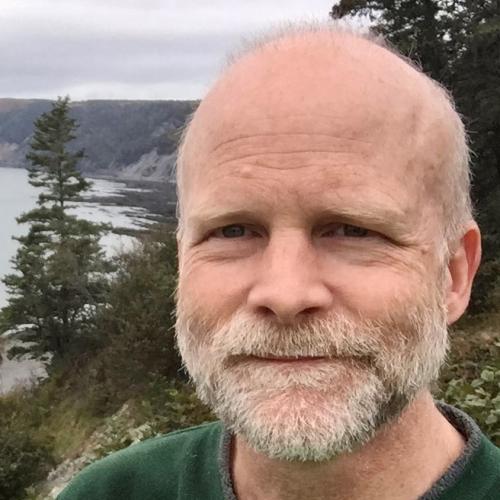Guest speaker: Paul Macnab
6:30 pm
Tuesday Night Talk, free

Just east of Sable Island, the continental shelf is incised by the Gully, an immense canyon where the seabed rapidly slopes away reaching depths greater than 2 kilometers. Conserved since 2004 as the first marine protected area (MPA) on Canada’s east coast, the Gully has supported diverse maritime activities since European seafarers arrived in Mi'kma'ki. Join marine geographer Paul Macnab on the occasion of the MPA’s twentieth anniversary for an illustrated talk featuring highlights from the area’s interwoven histories of transportation, fishing, scientific inquiry and conservation.
The Gully was charted and well-known by the mid-1800s, primarily for its abundant fishery yields but also for the biological curiosities collected there, including large coral specimens. Transatlantic cables were laid across the canyon mouth as part of the burgeoning Victorian telegraph network. Resource extraction expanded in the twentieth century with a short but intense period of whaling and a pulse of oil and gas exploration that delineated significant hydrocarbon accumulations. Multidisciplinary research conducted from the 1960s onwards using state-of-the-art technology has revealed much of the canyon environment and its lifeforms. Noteworthy conservation measures started in 1972 when Canada ended the commercial whale hunt. Today the Gully is one of the best-studied submarine canyons in the world and a testbed for offshore conservation.

Paul Macnab works for Fisheries and Oceans Canada (DFO) at the Bedford Institute of Oceanography. Paul was introduced to deep-sea ecosystems and marine commerce in the late 1980s when he was employed as a deckhand in the offshore fishery. He returned to university after the Atlantic groundfish moratorium was declared and started his public service career in the mid-nineties with Parks Canada in Bonavista Bay. Paul taught for several years in the Geography Department at Saint Mary’s University and has worked with the DFO MPA program since 1999.